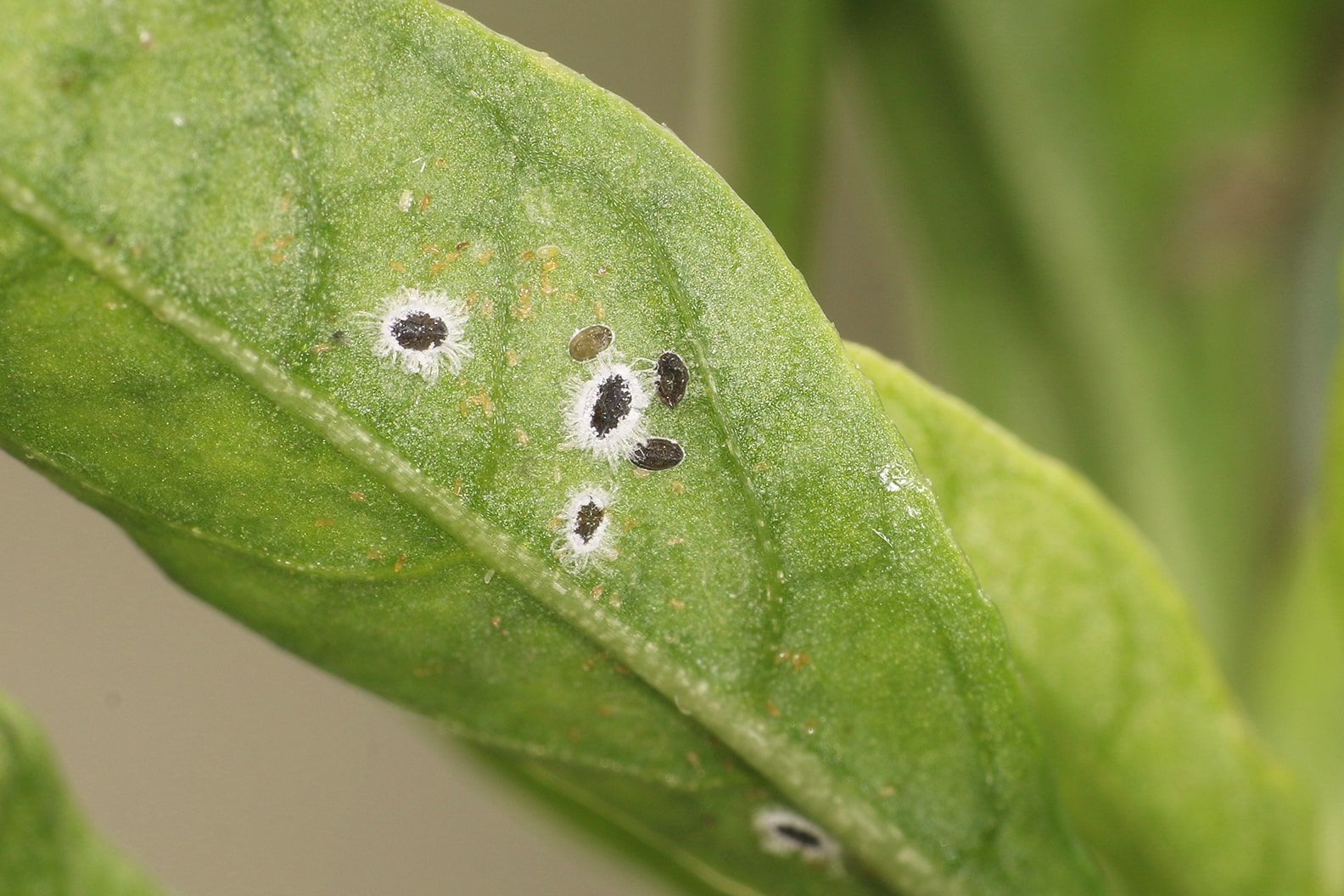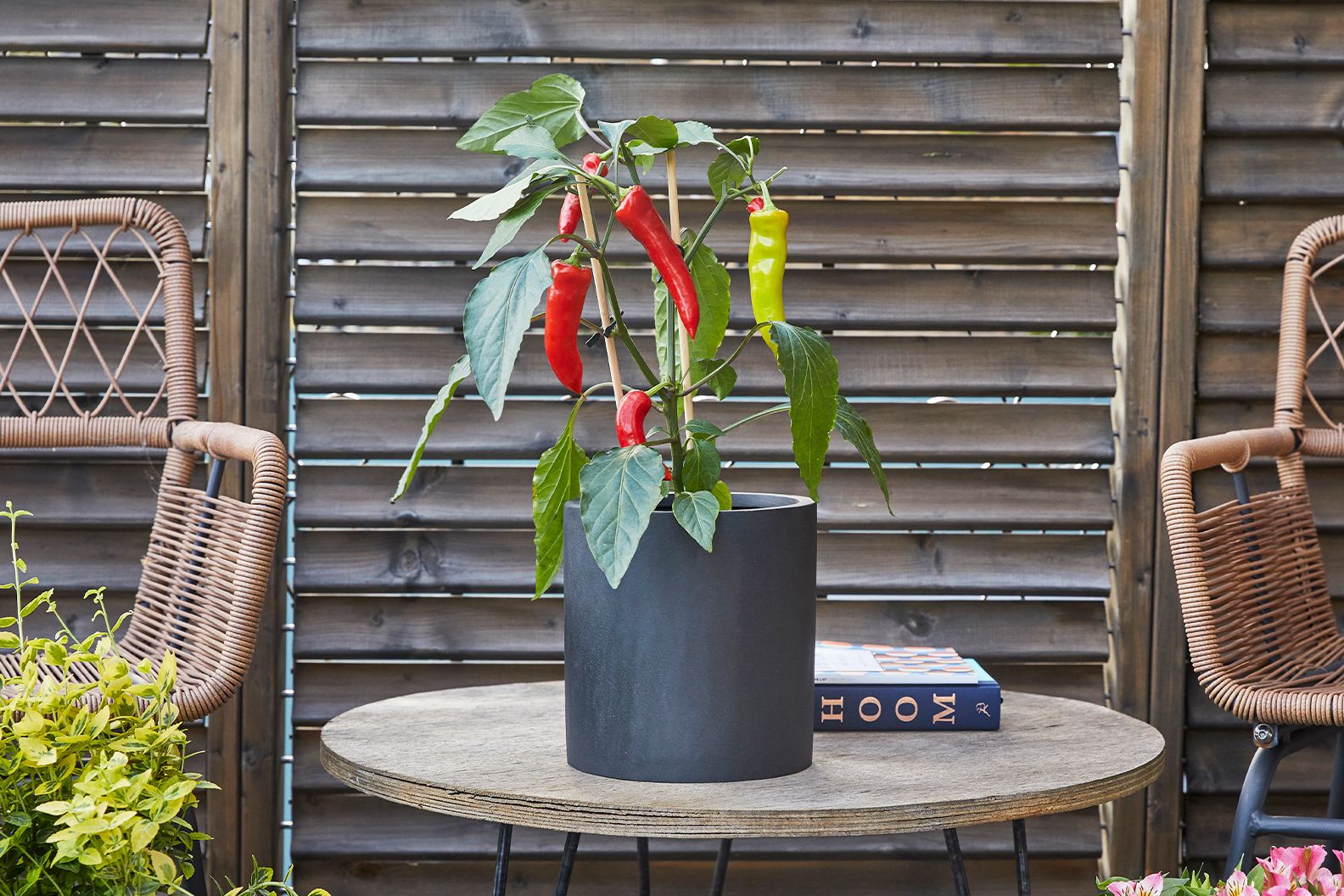It can be very rewarding to grow chili peppers, but you need to be careful to get those spicy fruits. The right way to water chili plants is one of the most important things you can do for them. Find out how often you should water your chili plants so they can grow and produce the most fruit.
Chili Pepper Water Needs
Chili peppers need consistent moisture particularly when growing flowering, and fruiting. However, they are susceptible to issues if overwatered, such as
- Root rot due to soggy soil
- Increased risk of fungus and disease
- Nutrient deficiencies
- Reduced growth
Providing the right amount of water prevents these problems. Usually, chili plants need about 1 to 2 inches of water a week, which can come from rain or irrigation. But several factors impact their exact water requirements:
Plant Size
Chili plants that are bigger and have deeper roots need more water than seedlings or plants that are younger. Mature plants may need watering daily in hot, dry weather.
Container vs. In-Ground
Potted peppers dry out faster and require more frequent watering than in-ground plants. Those grown in containers may need water daily depending on temps.
Climate Conditions
Hot, dry, and windy environments cause rapid moisture loss from both the plants and soil Chili plants need more water in these conditions
Type of Chili
Some chili varieties are naturally more drought-tolerant, like jalapenos and cayenne peppers. Others, like bell peppers, need steadier moisture.
Soil Type
Well-draining, sandy soils require more frequent watering. Heavier clay soils hold more water and take longer to dry out.
Signs Chili Plants Need Water
Instead of watering your chili plants at set times, look for signs that they need water:
- Wilting or drooping leaves
- Soil is dry 2-3 inches below the surface
- Potted plants feel light when lifted
- Leaf edges appear brown or crisp
- Fruit is small or misshapen
- New growth is reduced
If you see these signs, it’s time to thoroughly water. Wilting leaves or dry soil are clear indicators chili plants need a drink.
Watering Chili Plants Properly
Follow these tips for watering chili pepper plants:
- Water early in the day so leaves dry by nightfall. This prevents fungal diseases.
- Thoroughly soak the entire root zone, not just the surface.
- Add water slowly to allow absorption and prevent runoff.
- Use drip irrigation or soaker hoses to target roots and reduce water waste.
- Collect and use rainwater which peppers prefer over tap water. Or allow tap water to dechlorinate before using.
- Avoid overhead watering which can splash soil onto leaves and spread disease.
- Check soil moisture and plant appearance daily to determine when more water is needed.
- Reduce watering as peppers ripen to concentrate flavors.
Proper irrigation is vital for healthy, productive chili pepper plants. Pay close attention to their water needs throughout the growing season. With a little trial and error, you’ll get a feel for exactly how often to water your chili plants for success.

Dealing with pests and problems
Chillies can suffer from a few pesky pests and problems. Here are some of the more common ones:
- Grey mold: growths that look like fur on the tips of the plant Most of the time, this means there is too much humidity. Cut off the moldy parts and keep the chili plant high and dry for a while.
- Little webs on the plant are a sign of red spider mites, which are creepy crawlies. Mist the leaves regularly to discourage the mites.
- Whiteflies: These light-colored bugs love the sap from your chili plants. You can get rid of them with fly traps or insecticides. Look for them under the leaves.

How to care for chillies
Chillies grow quite happily with relatively little care once theyre in their final pots. If you find your chilli plants drooping drunkenly, tie them to a thin cane or stake to give them a helping hand.
Your chillies wont enjoy getting chilly. They need a good amount of heat to grow properly, with the ideal temperatures laying somewhere between 26° and 31°C. The best environment is a greenhouse or sunny spot outside, but a warm kitchen windowsill also works.
Chillies are nearly always thirsty, so water them once or twice every day as long as the soil is dry. Keep them in pots that drain well. If you leave them in water for too long, they could rot and ruin all your hard work.
For a colossal chilli crop, give them a weekly dose of fertiliser once you start to see flowers appearing.

Watering Pepper Plants – When To Water (And When Not To) – In Depth Guide
FAQ
Do chillies need to be watered every day?
Chillies are nearly always thirsty, so water them once or twice every day as long as the soil is dry.
Can you overwater chilli plants?
Blooms and Fruits: Adjusting as Your Chili Grows Increase watering to support this growth spurt, but stay sharp; overwatering invites root rot to the party. Keep the balance during fruiting by observing your plants.
Do chilli plants need full sun?
Yes, chili plants generally need full sun to thrive and produce a good yield. They require a minimum of 6-8 hours of direct sunlight per day. While they can tolerate partial shade, their productivity will be lower.
How often should I water a chili plant indoors?
It’s best to water most chili pepper plants when the soil on top feels a little dry to the touch. It is important to use containers with drainage holes. When watering, moisten the soil by using enough water so that it starts to come out of the hole in the bottom of the container.
